By Lenni Ferren, NLC
Negativity Bias
November begins the time of year when you may gather with friends and family to celebrate the holidays. You may also be spending time alone and experiencing feelings of loneliness and loss. This can be a challenging time of year when the holidays can feel like added stress. The way that you think can have a huge impact on what kind of experience you will have, and your health and wellbeing.
Have you ever noticed that you had several great things happen in a day and you still manage to focus on the one bad thing that occurred that day? To understand this further you must understand the Negativity bias. ‘Negativity Bias’ refers to the tendency to “attend to, learn from, and use negative information far more than positive information” (Vaish et al., 2008, p.383). This is an adaptive way in which your brain keeps you safe and alive. This explains why you focus on unpleasant experiences and conversations that have happened in the past, why you respond more to adverse stimuli, and give more attention to negative things vs. positive things. The negativity bias causes you to ruminate and worry over small things even when there are also many good things going on in your life.
Where Did Negativity Bias Come From?
Thousands of years ago your ancestors were exposed to predators and other immediate deadly threats that required their attention and focus to survive. Now, this is not so much the case. But as infants and children without life experience, the negativity bias helped to avoid negative or dangerous stimuli and better the chances of survival. As you grow up if you suffer from worry, anxiety, trauma, etc, the negativity bias can begin to go haywire and become so hardwired in your brain that it can start to feel like it is running you. Eventually, this becomes the lens through which you see and experience the world.
Where you direct your attention can also support this lens. Behaviors like watching too much media, gossiping, rumination, or catastrophizing can strengthen the negativity bias within you. By directing your conscious attention toward the positive events and feelings you experience, you can begin to address and balance the negativity balance. One simple and powerful way to do this is gratitude. Gratitude is the conscious focus on what is going right in your life, who and what is meaningful and important, what feels kind, loving, supportive, and evokes a sense of love and wellbeing. Gratitude also has positive emotional and physiological impacts on the brain and body.
“Gratitude is the conscious focus on what is going right in your life.”
The Benefits of Gratitude
When you express gratitude your brain releases dopamine and serotonin, the two crucial neurotransmitters responsible for your emotions. These neurotransmitters enhance your mood and make you feel happy and content. Evoking gratitude is a powerful tool to counteract harmful stress hormones that you may dump during times of stress, or when you are focused on what is going wrong or feels threatening. By consciously practicing gratitude daily you can strengthen these neural pathways and create a new way in which you see the world. A new lens in which you see more of what is going right instead of what is going wrong, ultimately creating a greater sense of wellbeing. Gratitude also reduces symptoms of depression and anxiety, working in an area of the brain called the pre-frontal cortex responsible for managing negative emotions like guilt and shame.
Gratitude is an especially helpful tool when used consciously in situations where you anticipate more stress triggers like family gatherings or unwanted periods of aloneness. It is helpful to notice when you are focused on negative stimuli, like stressful family dynamics or lack of social engagement, and instead, look around with intention and notice what/if there is anything you can feel grateful for. There is nothing too big or small when it comes to gratitude. Examples can be the warm cup of tea and how soothing it feels, your family pet, a relaxing walk, your health (even if that means your little pinky feels healthy), or even just being alive. The power of gratitude allows you to make a shift in your brain, body, and nervous system and see the world in a kinder, gentler, more supportive way.
Resources for a gratitude practice.
The following are 3 apps to support you in your gratitude practice.
Gratitude: This colorful app offers a large variety of features; for example, you can write journal entries for your gratitude journal, construct self-affirmations, receive daily quotes, and build a vision board that consists of images and goals.
Presently: A Gratitude Journal: Presently offers a more simplified version of a gratitude journal, Each day you are prompted to write about what you are grateful for. With the calendar option, you can view your gratitude entries for every day.
Bliss-Gratitude Journal: In Bliss, you can choose from various gratitude prompts for your daily journaling. For example, you can choose from Best Possible Future, Gratitude, Exercise, Could be Worse, Honoring People, Three Good Things, Transforming Problems, Meaning in Work, and Savoring.
Delightful-Gratitude Journal and 3 Good Things: Upon opening the app, you’re presented with an inspirational quote and the option to write a gratitude entry.
Gratitude is not a replacement for feeling your feelings or having healthy boundaries with friends and family. If you are struggling this time of year with not having loved ones in your life, need help with boundary setting, are struggling with mindset, or want added mental health support please reach out to a trained therapist at Evolve in Nature.






